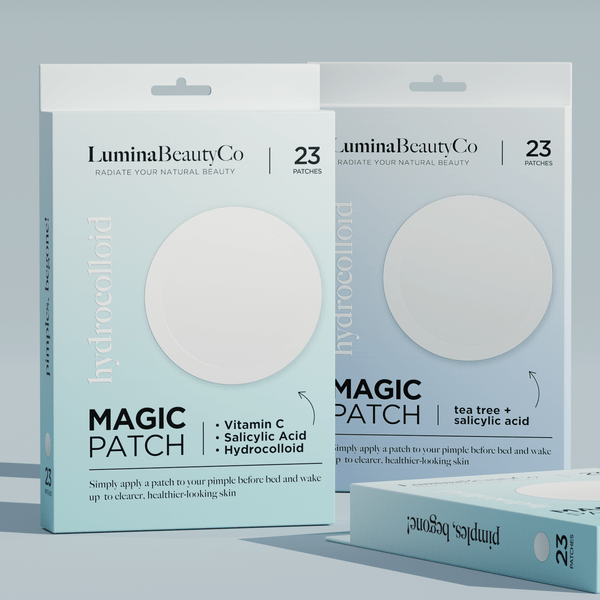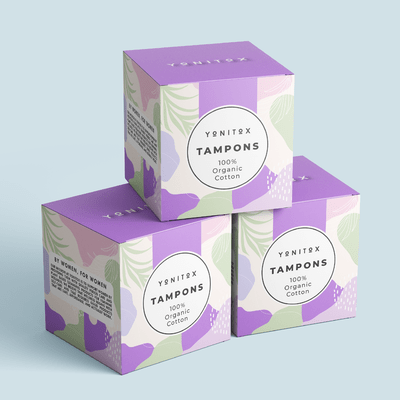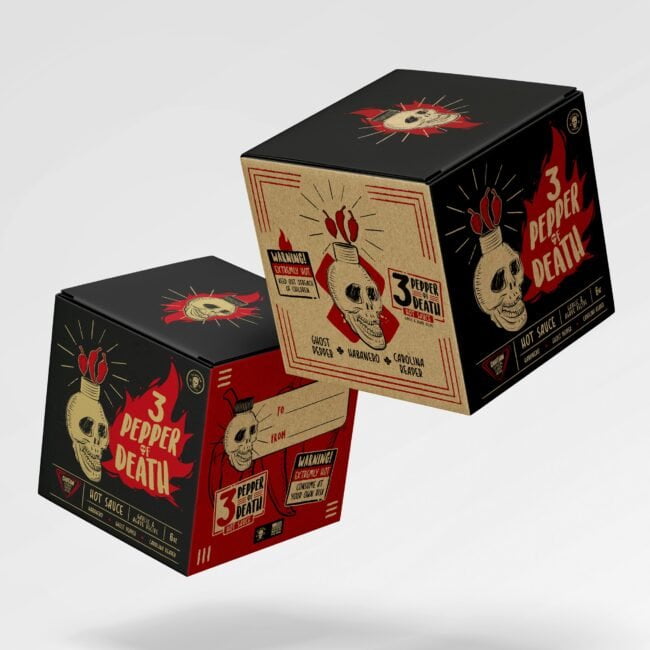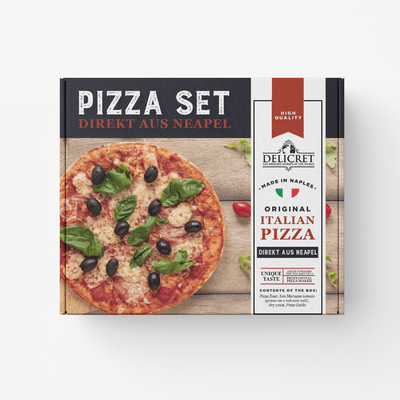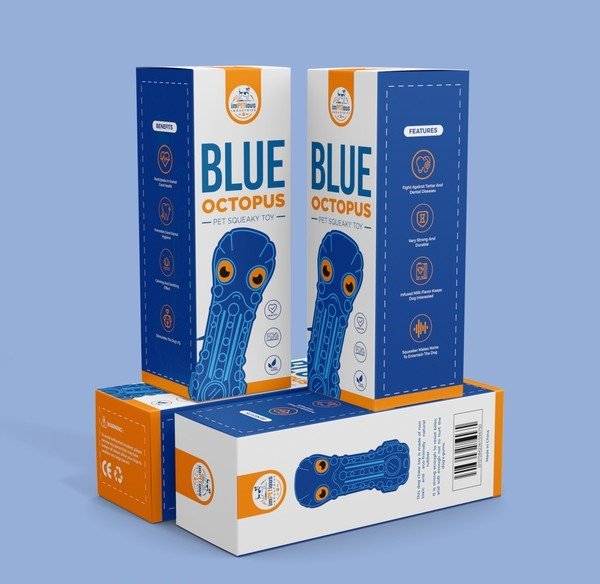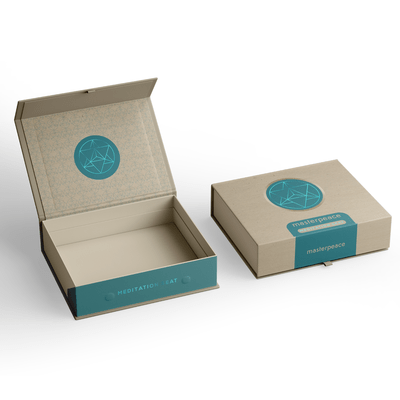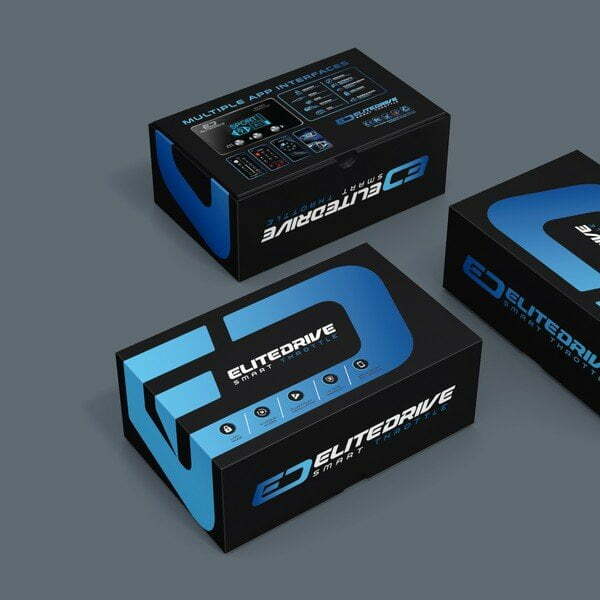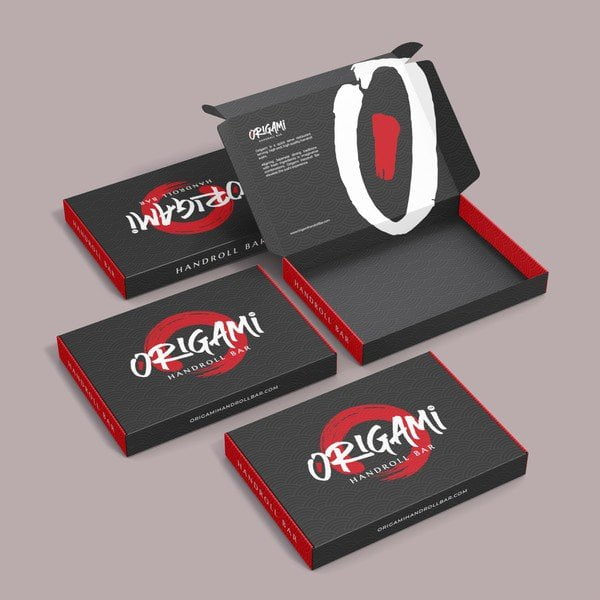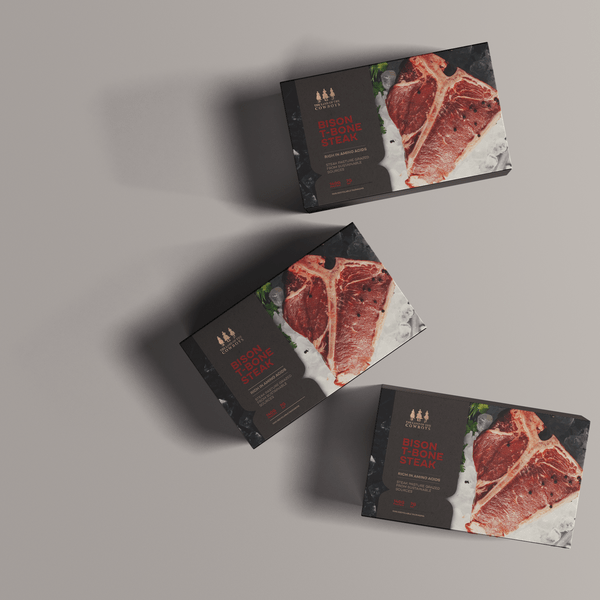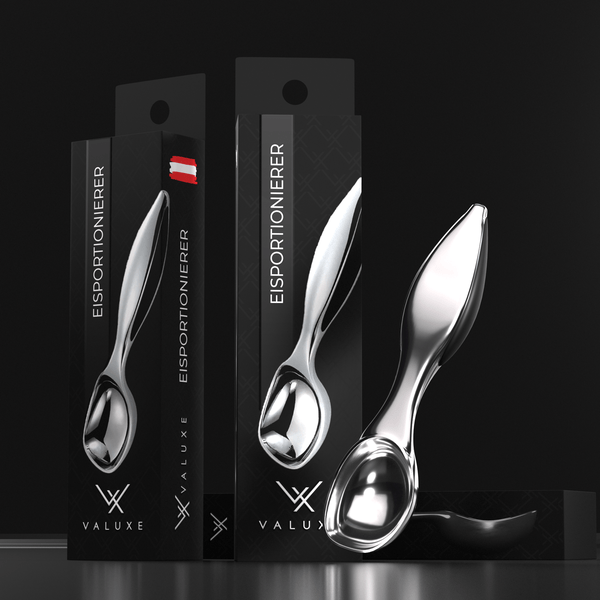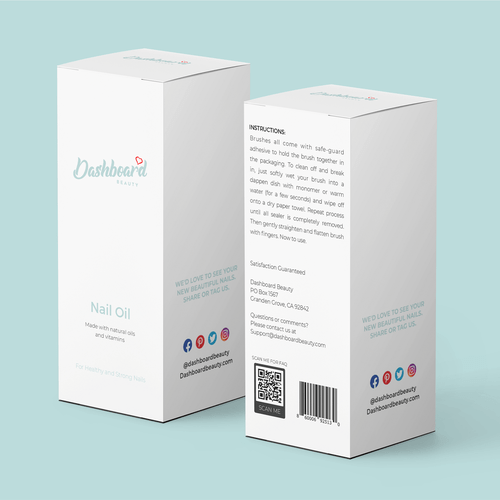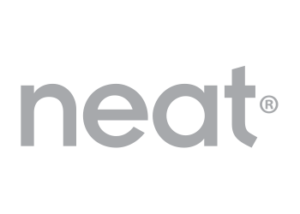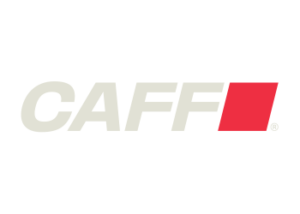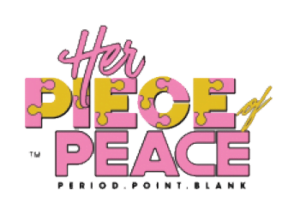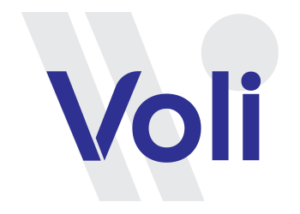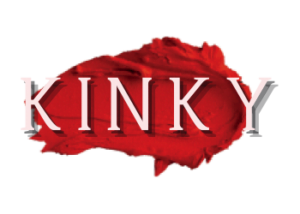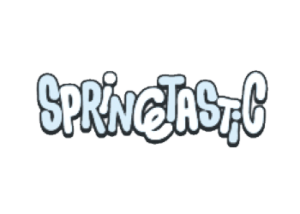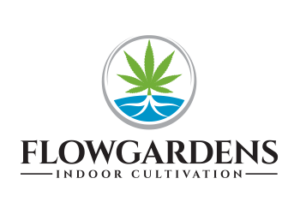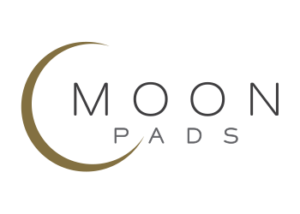Custom Candle boxes represent one of the most undervalued profit drivers in the growing candle industry, which reached $13.9 billion globally in 2024 and continues expanding at 6.2% annually. Smart candle business owners understand that strategic packaging decisions directly influence customer purchasing behavior, brand perception, and long-term profitability in ways that traditional marketing approaches cannot match.
Professional candle boxes serve as silent sales representatives working 24/7 to communicate brand values, justify premium pricing, and create memorable customer experiences that drive repeat purchases. The difference between generic packaging and strategically designed candle boxes often determines which businesses capture market share and which struggle for visibility in increasingly competitive retail environments.
Whether you operate a small artisanal candle studio or manage large-scale commercial production, understanding how to leverage candle boxes as strategic business tools rather than simple containers can transform your market position and financial performance dramatically.
Strategic Business Impact of Professional Candle Boxes
Revenue Enhancement Through Packaging Psychology
Consumer behaviour research reveals that 67% of candle purchasing decisions occur within the first 7 seconds of product viewing, making candle boxes the most critical factor in sales conversion. Professional packaging creates subconscious quality associations that allow businesses to command 30-50% higher prices for identical products compared to generic packaging alternatives.
A boutique candle maker in Vermont increased their average selling price from $18 to $28 per candle simply by switching from clear plastic containers to custom candle boxes featuring premium materials and sophisticated design elements. This $10 increase in selling price more than justified the $2.50 additional packaging cost, creating immediate positive return on investment.
The mathematics of packaging investment work powerfully in favor of quality candle boxes. While custom solutions may cost $1.50-$3.00 per unit compared to $0.25 for basic packaging, the revenue enhancement typically ranges from $8-$15 per unit for premium positioned products.
Market Positioning and Brand Development
Custom candle boxes function as portable brand ambassadors that extend your marketing reach far beyond traditional advertising channels. Every customer becomes a brand advocate when they display your professionally packaged candles in their homes, offices, or give them as gifts to friends and family members.
Successful candle companies use packaging as their primary differentiation strategy in markets saturated with similar products. When customers see professional custom candle boxes on retail shelves or online marketplaces, they automatically associate the products with higher quality, reliability, and luxury compared to generic packaging alternatives.
Cost-Effective Sourcing Strategies for Candle Shipping Boxes
Wholesale Purchasing Optimization Framework
Candle shipping boxes require strategic procurement planning to balance cost efficiency with cash flow management. Most manufacturers offer significant volume discounts at 1,000, 5,000, and 10,000 unit thresholds, with savings reaching 40-60% at higher quantities.
However, smart businesses calculate their monthly usage patterns and order 3-4 months of inventory to optimize the balance between cost savings and working capital requirements. This approach minimizes storage costs while capturing wholesale pricing advantages for custom candle boxes.
Strategic Volume Purchasing Tiers
- 100-500 units for product testing and initial market validation
- 1,000-2,500 units for established products with predictable demand
- 5,000+ units for high-volume products requiring maximum cost efficiency
Quality vs Investment Analysis
Not all candle packaging boxes provide equal value propositions for business objectives. Material selection directly impacts both costs and customer perception, requiring careful analysis of target market expectations and competitive positioning strategies.
Economy cardstock options work effectively for businesses competing primarily on price points, while premium rigid materials support luxury market positioning and higher profit margins. The key lies in matching packaging investment levels with overall business strategy and customer segment expectations.
Advanced Customization Strategies for Custom Candle Boxes
Design Psychology and Consumer Engagement
Effective custom candle boxes incorporate design elements that trigger specific emotional responses and purchasing behaviors. Color psychology research demonstrates that packaging colors directly influence customer perceptions of scent intensity, burn quality, and overall product value.
Color Strategy Applications for Candle Boxes
- Warm colors (reds, oranges, yellows) suggest energizing, uplifting scents
- Cool colors (blues, greens, purples) indicate calming, relaxing experiences
- Earth tones communicate natural, organic, eco-friendly positioning
- Metallic accents create premium, luxury brand perception
Window and Visibility Optimization
Window cutouts in candle packaging boxes serve multiple strategic purposes beyond simple product visibility. The size, shape, and placement of windows influence customer purchasing decisions and shelf presentation effectiveness.
Research indicates that oval or circular windows create more appealing product presentation than rectangular alternatives, while window sizes covering 20-30% of the front panel optimize the balance between product visibility and structural integrity for shipping applications.
Industry-Specific Applications and Market Segmentation
Artisanal and Handmade Business Strategies
Small-scale candle makers require different packaging approaches compared to commercial manufacturers. Custom candle boxes for artisanal businesses should emphasize authenticity, craftsmanship, and personal connection while maintaining professional appearance standards that support premium pricing.
Successful handmade candle businesses often use kraft paper materials with minimalist designs that communicate natural, eco-friendly values. These approaches typically cost less than premium alternatives while building strong brand identity that resonates with environmentally conscious customer segments.
Commercial Scale Production Considerations
Large-scale candle manufacturers focus on packaging efficiency, cost optimization, and supply chain integration when selecting candle shipping boxes. These businesses require packaging solutions that support automated filling equipment, high-speed production lines, and bulk distribution requirements.
Commercial operations typically invest in custom tooling and specialised box designs that reduce lobar costs and improve production efficiency. While initial setup costs may reach $10,000-$25,000, the per-unit savings over large volumes create substantial long-term value.
E-commerce and Direct-to-Consumer Optimisation
Online candle retailers face unique packaging challenges including shipping protection, unboxing experiences, and brand presentation without physical store interaction. Candle shipping boxes for e-commerce applications must balance protective qualities with presentation impact and shipping cost efficiency.
According to the U.S. Small Business Administration, businesses that invest in professional packaging for e-commerce sales report 25-40% higher customer satisfaction scores and 30% increased repeat purchase rates compared to basic packaging approaches.
Seasonal Marketing and Limited Edition Strategies
Holiday and Special Event Packaging
Strategic use of seasonal custom candle boxes can dramatically increase sales during key holiday periods. Christmas, Valentine’s Day, and Mother’s Day represent peak selling opportunities that support premium pricing and increased order volumes through limited-time packaging designs.
Limited edition packaging creates urgency and exclusivity that drives immediate purchasing decisions. Businesses using seasonal packaging strategies report 50-80% sales increases during promotional periods compared to standard packaging approaches.
Inventory Management for Seasonal Products
Seasonal packaging requires careful inventory planning to balance opportunity capture with excess inventory risks. Most successful businesses order seasonal candle packaging boxes 10-14 weeks before promotional periods to ensure adequate supply without excessive overstock situations.
Environmental Sustainability and Market Positioning
Eco-Friendly Materials and Consumer Trends
Environmental consciousness increasingly influences customer purchasing decisions, with 72% of consumers willing to pay premium prices for sustainably packaged products. Custom candle boxes using recycled materials and eco-friendly printing processes appeal to this growing market segment while supporting cost reduction through material efficiency.
Sustainable packaging strategies also support competitive differentiation and positive brand associations. Many eco-friendly materials cost less than premium alternatives while providing superior marketing value through environmental positioning.
Recyclability and Corporate Responsibility
Forward-thinking candle businesses develop packaging recyclability programs that build customer loyalty while supporting environmental goals. Clear recycling instructions and sustainable material choices create positive brand associations that support long-term customer relationships and corporate responsibility initiatives.
Financial Planning and ROI Optimisation
Investment Analysis Framework for Candle Packaging Boxes
Successful candle businesses treat packaging as marketing investment rather than simple product cost. Proper financial analysis considers packaging impact on sales volume, average selling price, customer retention, and brand development over time.
ROI Calculation Components
- Increased sales volume from improved shelf presentation
- Premium pricing opportunities from enhanced perceived value
- Reduced marketing costs through packaging-driven brand recognition
- Customer lifetime value improvements from professional appearance
Budget Allocation Strategies
Most successful candle businesses allocate 10-18% of their product cost to packaging investment, with higher percentages justified for premium market positioning. This allocation covers both packaging materials and design development costs.
The optimal approach involves testing different packaging investment levels with small product runs before committing to large inventory purchases. This testing methodology minimizes risk while optimizing packaging return on investment.
Quality Control and Material Science
Understanding Packaging Material Properties
Candle packaging boxes must protect products from physical damage, moisture exposure, and temperature fluctuations that can affect product quality and customer satisfaction. Material selection directly impacts both protection levels and cost structures.
Essential Material Requirements
- Structural integrity for shipping and handling stress
- Moisture resistance to prevent candle damage
- Temperature stability for various storage conditions
- Chemical compatibility with candle materials and fragrances
Testing and Quality Assurance Protocols
Professional candle manufacturers implement quality control testing for packaging materials to ensure consistent product protection. These tests include drop testing, compression testing, and climate exposure testing that simulate real-world distribution conditions.
Frequently Asked Questions
What is the minimum order quantity for custom candle boxes?
Most professional manufacturers require minimum orders of 100-500 units for custom candle boxes, though some suppliers offer smaller quantities at higher per-unit costs. Color Icon Packaging offers minimums starting at 100 boxes, making custom packaging accessible for small businesses testing new products.
How much do custom candle boxes cost compared to generic packaging?
Custom candle boxes typically cost $1.50-$3.50 per unit depending on materials, size, and quantity ordered, compared to $0.25-$0.50 for generic options. However, businesses using custom packaging report 30-50% higher selling prices, creating positive ROI that justifies the investment.
What materials work best for candle shipping boxes?
Candle shipping boxes should use sturdy materials like corrugated cardboard (minimum 32 ECT) or rigid cardstock (18pt-24pt) to prevent damage during transit. Consider moisture-resistant coatings for climate protection and ensure materials are compatible with candle fragrances.
How long does it take to receive custom candle boxes after ordering?
Standard production time for custom candle boxes ranges from 10-15 business days after design approval, with additional 3-5 days for shipping. Rush orders may be available for 25-35% additional cost, reducing production time to 5-7 business days.
Can I order different box sizes in the same order for various candle types?
Yes, most manufacturers allow mixed orders of different box sizes within the same design theme, though minimum quantities may apply to each size variation. This flexibility allows businesses to maintain consistent branding across product lines while accommodating different candle sizes.
What design elements should I include on candle packaging boxes for maximum sales impact?
Effective candle packaging boxes should include clear brand elements, product information, scent descriptions, and burn time details. Avoid cluttered designs that confuse customers, and ensure text remains readable at typical retail viewing distances.
Do candle boxes wholesale prices include design services?
Most wholesale suppliers include basic design setup in their pricing, though complex custom artwork may require additional fees. Many companies offer design templates and modification services to help businesses create professional packaging without hiring external designers.
How do I ensure my candle boxes comply with shipping and safety regulations?
Work with suppliers who understand shipping requirements and safety standards for candle products. Ensure packaging includes necessary labeling information such as burn instructions, safety warnings, and manufacturer details as required by current regulations.
